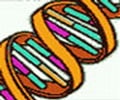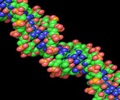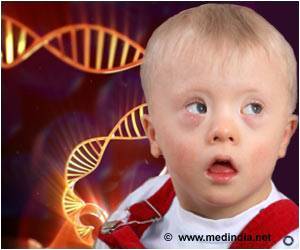Cas9 DNA scissors from the food-borne pathogen Campylobacter jejuni can also readily target RNA.
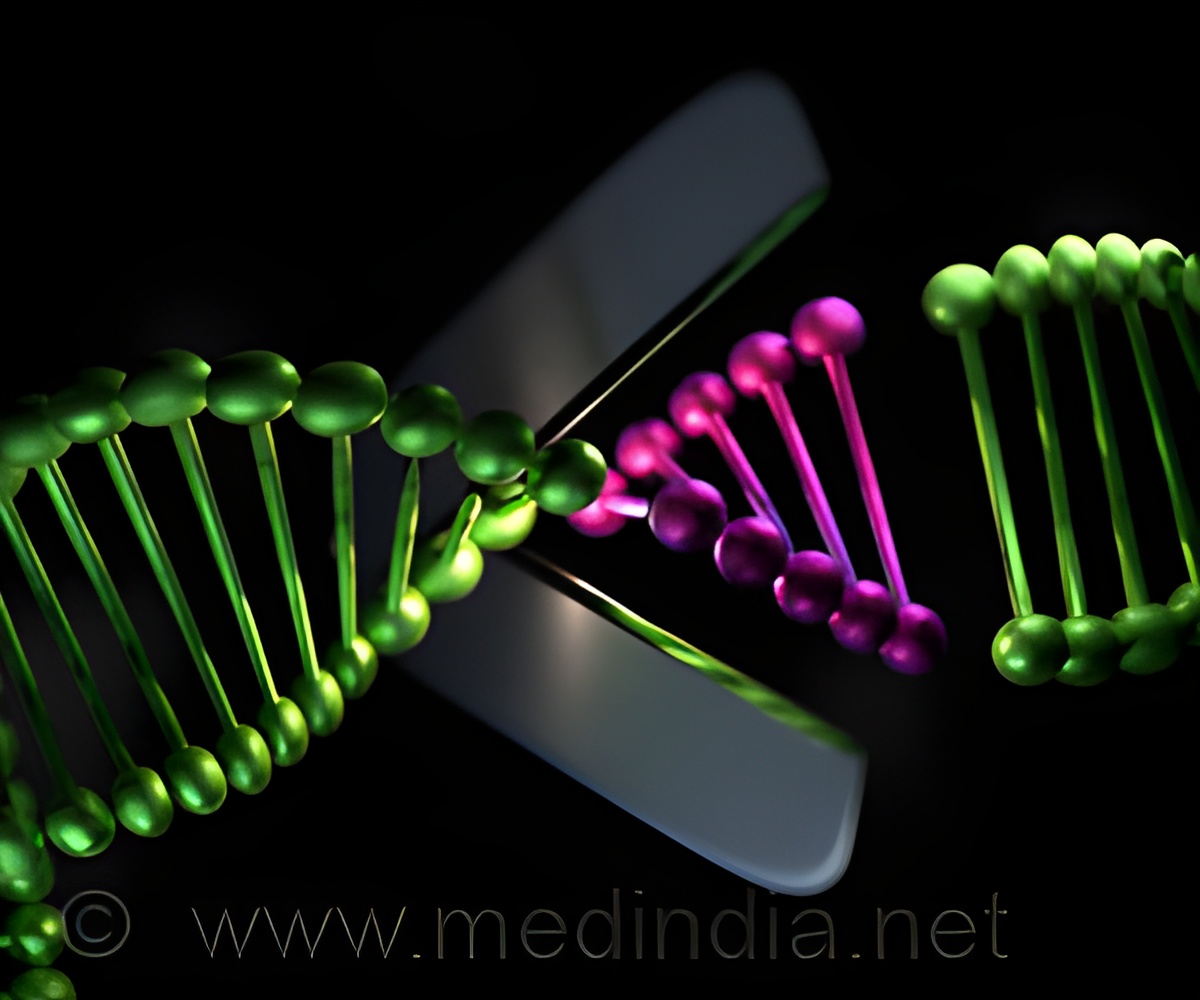
TOP INSIGHT
Cas9 protein previously thought to naturally target DNA only is also capable of cutting related molecules, called ribonucleic acid or RNA.
While the Cas9 scissors are known to typically cut DNA, researchers from the Julius-Maximilians-Universität Würzburg (JMU) and the Helmholtz Institute for RNA-based Infection Research (HIRI), an institution of Helmholtz Centre for Infection Research, in Germany now showed that the Cas9 protein of the food-borne pathogen Campylobacter jejuni is not limited thereto.
"Instead, the protein is also capable of cutting related molecules, called ribonucleic acids - RNA, for short", emphasizes Prof. Cynthia Sharma from the JMU Institute for Molecular Infection Biology (IMIB). "Not only that, but we found that we could also program this Cas9 to target and cut specific RNA molecules."
RNA plays a central role in all forms of life. A major role of RNAs is to serve as messenger of genomic material in the cell: genes, specific parts of the information, stored in the DNA, are extracted by transcribing them into RNA. The RNA then serves as template for the translation of this information into proteins. The ability to target RNA instead of DNA expands how Cas9 scissors can be used. Potential uses range from controlling which genes are turned off or on to combatting human viruses that are made of RNA to rapidly detecting infectious agents.
The researchers discovered this molecular feat while looking at molecules that interact with the Cas9 in Campylobacter. These included numerous RNAs from the cell. Further analyses showed that Cas9 not only bound but could also cut the RNA in a similar way as it does with DNA - and that it could be easily instructed to cut specific RNAs.
Possibly a general trait of Cas9 proteins
Another question raised by this study is whether the ability of Cas9 to target RNA has any physiological roles in Campylobacter. For instance, evidence is accumulating that CRISPR-Cas systems might not only serve to combat infections, but might rather be naturally involved in controlling which genes in Campylobacter are turned on and off. Prof. Sharma and Prof. Beisel agree: "We continue to be amazed by what Cas9 is capable of doing and what new applications and technologies these insights create."
Source-Eurekalert
 MEDINDIA
MEDINDIA


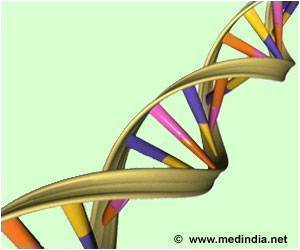
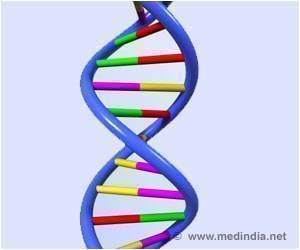
 Email
Email


